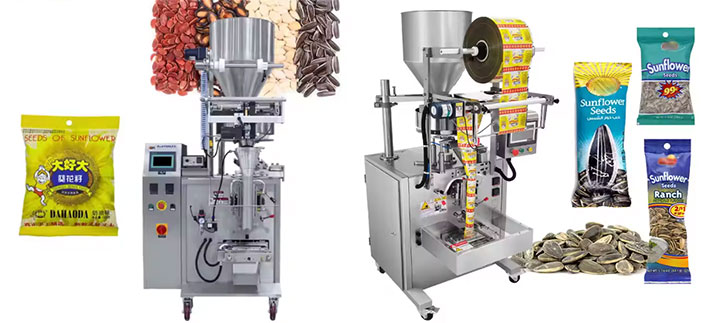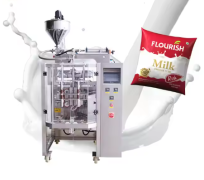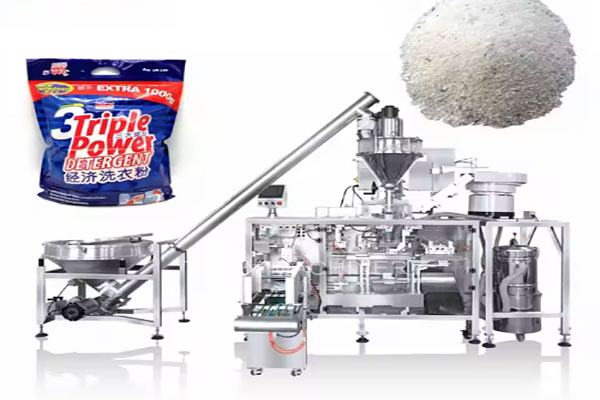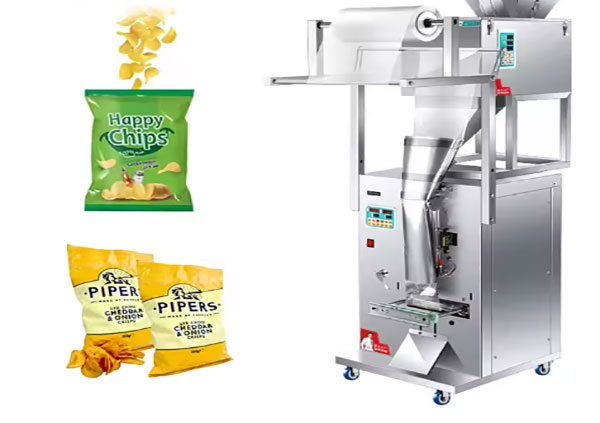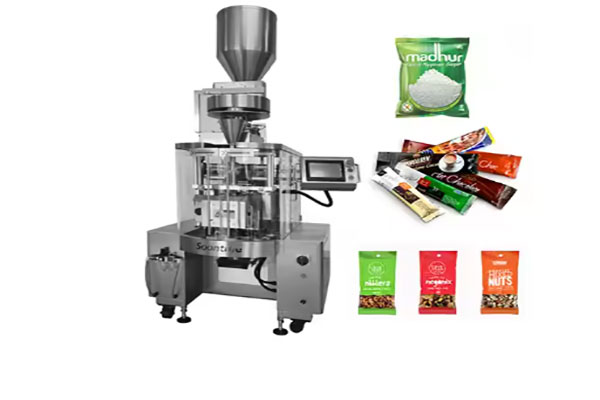How much is a packsize machine?
Wednesday December-03 2025 17:00:35
How much is a packsize machine? Depending on the model, the price of a Packsize packaging machine typically ranges from $3,000 to $20,000. This equipment is used for automatic or semi-automatic packaging of products. It primarily consists of a feeding system, metering device, bag-making mechanism, sealing device, and control system. Common packaging machine sizes include small desktop machines, medium-sized vertical machines, and large fully automated production line models. Packaging sizes typically range from 50mm×80mm to 300mm×450mm, with some special models supporting larger or irregularly shaped bags. Materials that can be packaged include powders, granules, liquids, pastes, and flakes or small blocks.
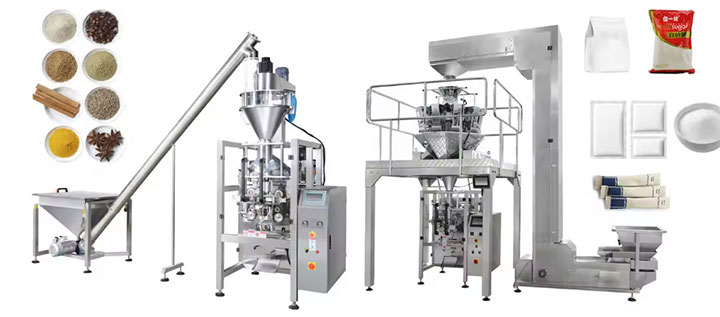
In terms of working mode, the packsize machine feeds the product into the metering device through a conveyor belt, and enters the bag making link after accurate weighing. The heat sealing mechanism completes the sealing according to the preset parameters, and finally outputs the finished product packaging from the discharge port. Packsize machines are priced between $4,000 and $9,000, depending on the packaging material, size, and measurement range.
What is the price of a packsize machine?
Different material characteristics determine the structural differences and price ranges of packsize machines. The price differences mainly come from the metering accuracy requirements, anti-pollution design and special material requirements. The following are four prices of packsize machines suitable for different material forms.
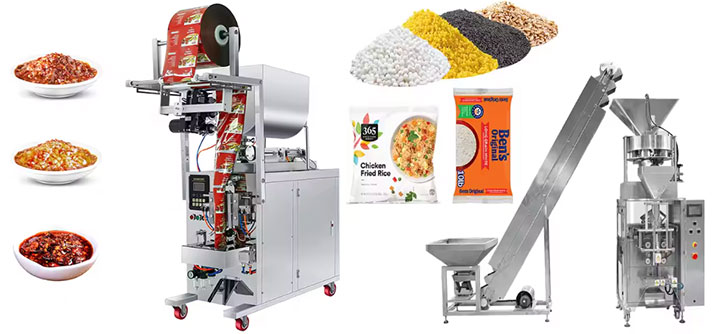
The price of a granular material packaging machine is generally between US$3,000 and US$10,000. It uses a vibrating plate to feed the materials and a screw to meter the materials, with an output of about 40-60 bags/minute. The price of a powder material packaging machine is higher, about US$3,500-12,000. It is equipped with a dust-proof design and a precision screw metering device, with an output of 30-50 bags/minute and requires an additional dust removal system. The price range of liquid packaging machines is between US$4,000 and US$15,000. They use a piston pump or peristaltic pump for quantitative metering and are equipped with a drip-proof nozzle. The output is 20-40 bags/minute. The packaging machine for bulk solids is the most complex, with a price range of US$5,000 to US$18,000. It has a multi-station robot and a vision positioning system, and an output of 15-30 bags/minute.
Packsize machine parameters
Pack-size machines vary in price depending on their size. Small-sized machines are suitable for small-batch production or startups, typically priced between $4,000 and $9,000 USD. Medium-sized vertical packaging machines are suitable for medium-sized production lines, used for packaging food, daily necessities, and other products. Prices range from $7,000 to $10,000 USD. Large, fully automated production lines include complete processes such as bag feeding, weighing, filling, sealing, and boxing; prices start at $10,000 USD and higher for high-end customized production lines.
| Model | GX-220DKF | GX-320DKF | GX-420DKF |
| Max roll film width | 220mm | 320mm | 420mm |
| Bag Length | 10-150mm | 10-190mm | 10-260mm |
| Bag Width | 20-100mm | 60-150MM | 120-200MM |
| Filling range | 1-99G | 10-500G | 100-1000G |
| Dimension(L*W*H) | 520*420*1590mm | 640*480*1700mm | 890*490*1850mm |
| Power | 220V/110V 50HZ/60HZ 550W | 220V/110V 50HZ/60HZ 600W | |
| Weight | 70KG | 94KG | 101KG |
Comparison of packsize machine prices by model
Packsize machines can be divided into three basic types according to different structures: vertical, horizontal, and rotary. The structure and applicable scenarios of each type are different.
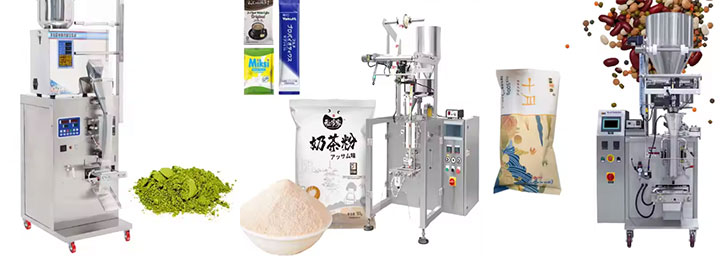
The vertical packsize machine uses roll film to automatically form bags. It has a compact structure and small footprint. It is suitable for small particles, powders and liquids. The output can reach 80 bags/minute (depending on the specific materials and functions). The bag type is mainly back-sealed or three-side sealed, which is suitable for standardized product packaging such as snacks and condiments. The price range is $3000-$10000.
The horizontal packsize machine realizes complex packaging requirements through a horizontal conveyor system and customized forming molds. It can handle large-volume products and special-shaped items. The output is 40-60 bags/minute. Its core advantage is that it supports a variety of bag types (pillow, three-side sealed, four-side sealed, etc.), and can integrate additional functions such as punching and labeling. It is commonly used in baking, daily chemical and other industries. The price is between $5000-$15000.
The rotary packsize machine is highly efficient. Through multi-station synchronous operation (such as filling, sealing, and slitting in parallel), the efficiency is increased to more than 200 bags/minute. It is especially suitable for large-volume continuous packaging scenarios such as food and medicine. Although the equipment cost is relatively high, its modular structure facilitates flexible adjustment and can be adapted to regular products such as strips and blocks, significantly reducing the energy consumption cost of a single package. The price range is $10,000-$25,000.
In the packaging section of the production line, the DCS-50Kg series automatic quantitative packaging machine is a suitable choice for packsize machines. It has a processing capacity of 10-15 bags/minute and a metering accuracy of ±0.2%. Equipped with automatic bag loading, filling, sealing, and detection functions, it ensures a high-speed and stable packaging process. Priced between approximately US$5,000 and US$10,000, it is suitable for medium to large-scale production lines to improve the efficiency and accuracy of automated packaging.
